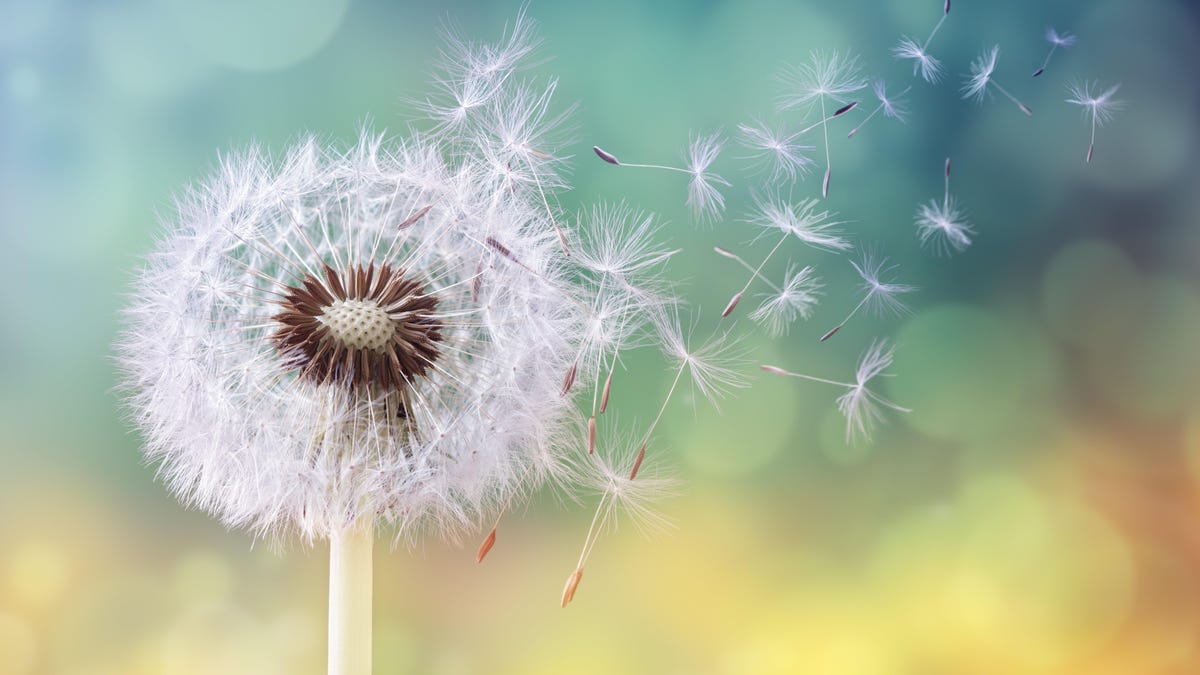Nine Mistakes Basically Everyone Makes When Recycling
I just throw it all in the blue bin and hope for the best, too, but it's time to be better.


Credit: Maksim Safaniuk - Shutterstock
Recycling is a nightmare. We all want to reduce waste— 93% of Americans support recycling—but in the real world, many/most people don't really know what's recyclable and what isn't. So we toss every empty bottle, can, and cardboard box into the bin and hope for the best. This is known as "wishcycling," and it's a bad idea.
Mixing up the recyclables and the send-it-to-the-landfill-ables complicates the sorting process; it can contaminate otherwise useful recyclable material, or even break the machinery that makes recycling possible. But don't blame yourself for not understanding what to recycle; it's not easy.
The complexity of plastic recycling
Plastic recycling is maddeningly complicated. The triangle label that you might assume indicates "this item is recyclable" doesn't actually mean that. The number inside the triangle doesn't tell you whether it's recyclable, either. It denotes the kind of resin a piece of plastic is made from, and that will give you a big clue as to recyclability, but there's no universal rule. For instance, most items marked with a #1 or #2—your water bottles and detergent containers—are good to put in the blue bin, but not all #2's are created equal. Your municipal recycling program doesn't want a garbage bag, for example, no matter what number it is.
Some plastic, like #6—polystyrene—can be recycled, but generally isn't because it's not economically feasible. Some plastics, like polyvinyl chloride (#3), can even be harmful to recycle. Some kinds of plastics, like low density polyethylene (#4), are recyclable, but whether your local recycling program wants them in the bin depends on where you live. You get the idea: It's a mess. Check out this chart for a more in-depth explanation about what each number signifies.
Ultimately, reducing waste is a systemic challenge as opposed to an individual one, but until the rest of the world starts passing stronger laws like California’s recent plastic bag ban, the best a conscientious citizen can do is try to navigate the system we have as well as they can. To help out, I put together this list of nine common recycling mistakes. It's far from comprehensive, but it's a start.
Not knowing the recycling rules where you live
Giving any specific advice about recycling is tricky because different municipalities have different rules for recycling, and some kinds of materials are accepted in some cities but not others, so don't assume that any general rule about what to recycle applies to your specific location.
What to do instead: Do your research. Earth911's recycling database is a good general source with a zip-code searchable database, but your best bet is to visit your local government’s website to learn what, exactly, to put in the bin.
Ignoring the “reduce and reuse” part of “reduce, reuse, and recycle”
There’s a reason “recycle” is the last part of the saying. Reducing and reusing are more effective at minimizing your waste footprint, and they're way easier to understand, too.
What to do instead: Whether it’s bringing your own tote bags to the grocery store or buying products in bulk instead of individually, you can plan ways to reduce the amount of waste you generate in your day-to-day. Reusing can mean washing out jars and using them as drinking glasses (classy) or turning old t-shirts into rags instead of tossing ‘em out. All of this is a hassle, but it will probably make a bigger difference than recycling.
Packing your recyclables in a garbage bag
Garbage bags are generally not wanted by municipal recycling concerns, even though many of us use them to pack up the empty bottles and cans we put in the bin. Luckily, if you're doing recycling correctly, you won't need a bag.
What to do instead: "Keep it loose," advises Amy Hammes, the Recycling Specialist at the Burbank Recycle Center. "We ask the public to remove liquids and any food residue. If you're doing that correctly, there is no need for a bag."
Not breaking down cardboard boxes
Cardboard boxes are usually great to recycle, but the packing material that keeps your Amazon purchases safe often isn't, so don't toss the whole mess in the bin.
What to do instead: Separate the styrofoam, bubble wrap, and any other packing material from the cardboard. Then put the pure cardboard in the bin. Whether the ancillary material is recyclable depends on what it's made of.
Throwing dirty pizza boxes in the recycling bin
Pizza boxes might seem perfect for recycling—it's a big piece of cardboard, just asking to be turned into next week’s toilet paper—but the grease, cheese, and related pizza goo aren't wanted. Too much grease and oil in the recycling works can spoil a whole batch of recyclables or even damage the recycling machinery.
What to do instead: "The safest thing is to just tear off the clean side of the pizza box and put that in recycling," Hammes says. "If you can't find a use for the dirty side, like using it in your landscape for weed mitigation, then go ahead and just put that in the trash."
Putting plastic wrap in the recycling bin
Plastic wrap highlights the complexity of recycling, circa 2024. It is incredibly common, and a lot of it is possible to recycle, but most municipalities do not accept it in curbside bins. Common household detritus like the plastic wrap that covers other products, dry-cleaning bags, bread bags, sandwich bags, freezer bags, produce bags, etc. usually shouldn't go in the bin.
What to do instead: Take plastic wrap and bags to a specific recycling center or store that collects them. You can find a local store that is part of the NexTrex program to recycle plastic wrap, as long as it's clean and either a #2 or #4.
Putting dirty plastic in the bin
Even if your plastic container is the right number for your local recycling programs, don't put it in the bin dirty. "When you leave too much food, it's going to create more problems for us, because that can lead to smells and attract rodents," Hammes says. "If it's a really liquid-y type of food, it could leak into other materials like paper, and that would contaminate it, and then you would be making the paper not recyclable."
What to do instead: Rinsing and cleaning is a recycling best practice, so make sure anything you're recycling is free of food waste and liquid.
Putting styrofoam in the recycling bin
While it's technically possible to recycle styrofoam packaging like egg cartons and insulation, it's rarely done. Styrofoam is a form of polystyrene, #6 on the plastic scale. In its rigid form, polystyrene is used to make things like plastic cutlery and CD cases. Those aren't generally recyclable, either.
What to do instead: "Styrofoam is a material that is very, very difficult to manage. It's economically not feasible to recycle it, and so that material, unfortunately, has to be thrown in the trash," Hammes says, "or avoid it, if you can."
Recycling milk cartons (maybe)
Milk cartons are a bit of a question mark; some recycling programs accept them and some don't. "It takes a very set kind of paper mill to accept them. That means it's difficult for recyclers to find a buyer, and so in some cases, if they can handle it, they'll take it, but other recyclers cannot," Hammes says.
What to do instead: When it comes to milk cartons, you'll have to do some research. "The best thing is to check with your local city or your waste hauler to find out if they can accept it."

 Tekef
Tekef 































